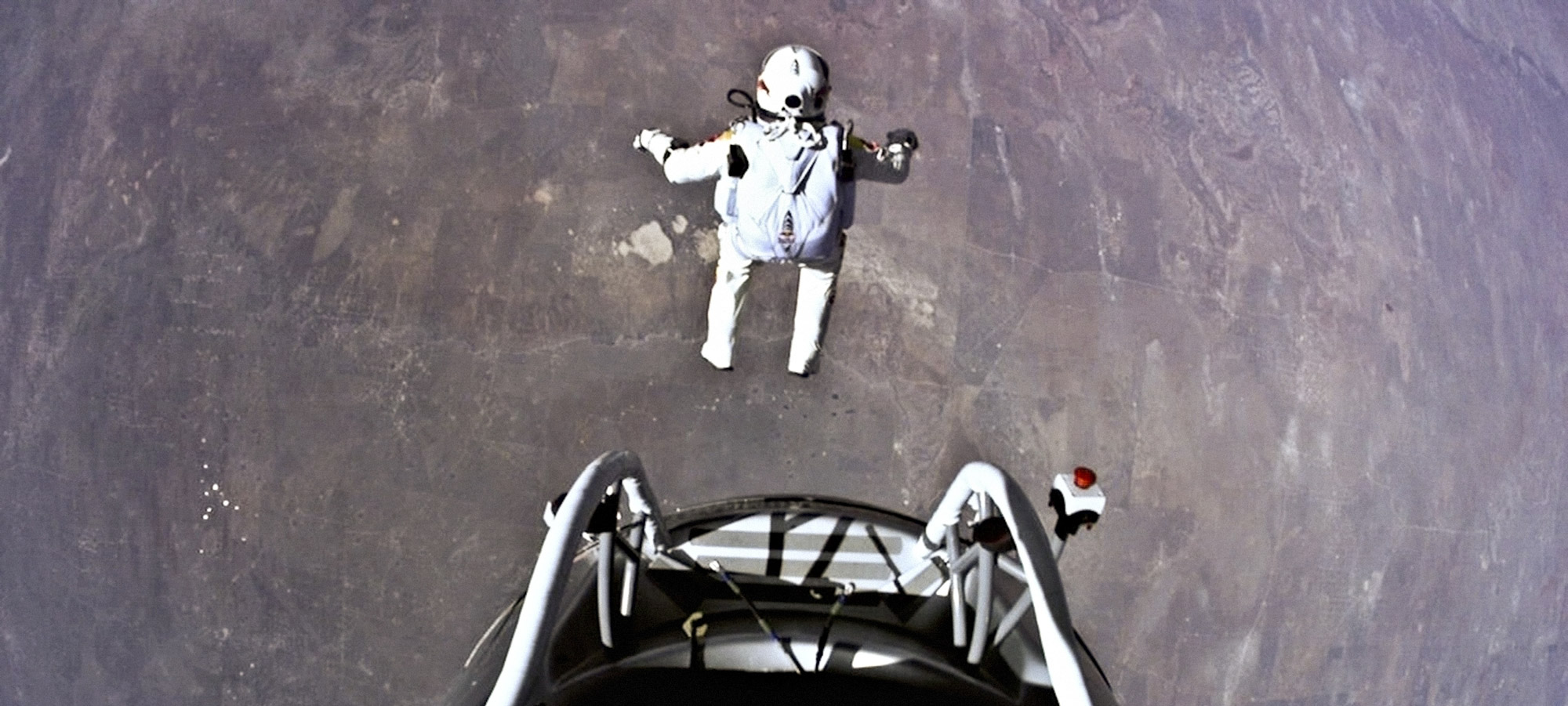
If I had a dollar for every time a luxury watch of late was inspired by motorsports, aviation, or even space travel, I could go motor racing, fly an airplane, or maybe even see the earth from space. But being inspired by activities and having the capacity to do them are two completely different disciplines. “Inspired” watches have been grinding my gears for too long — while performing watches have been too few and far between to put that right.
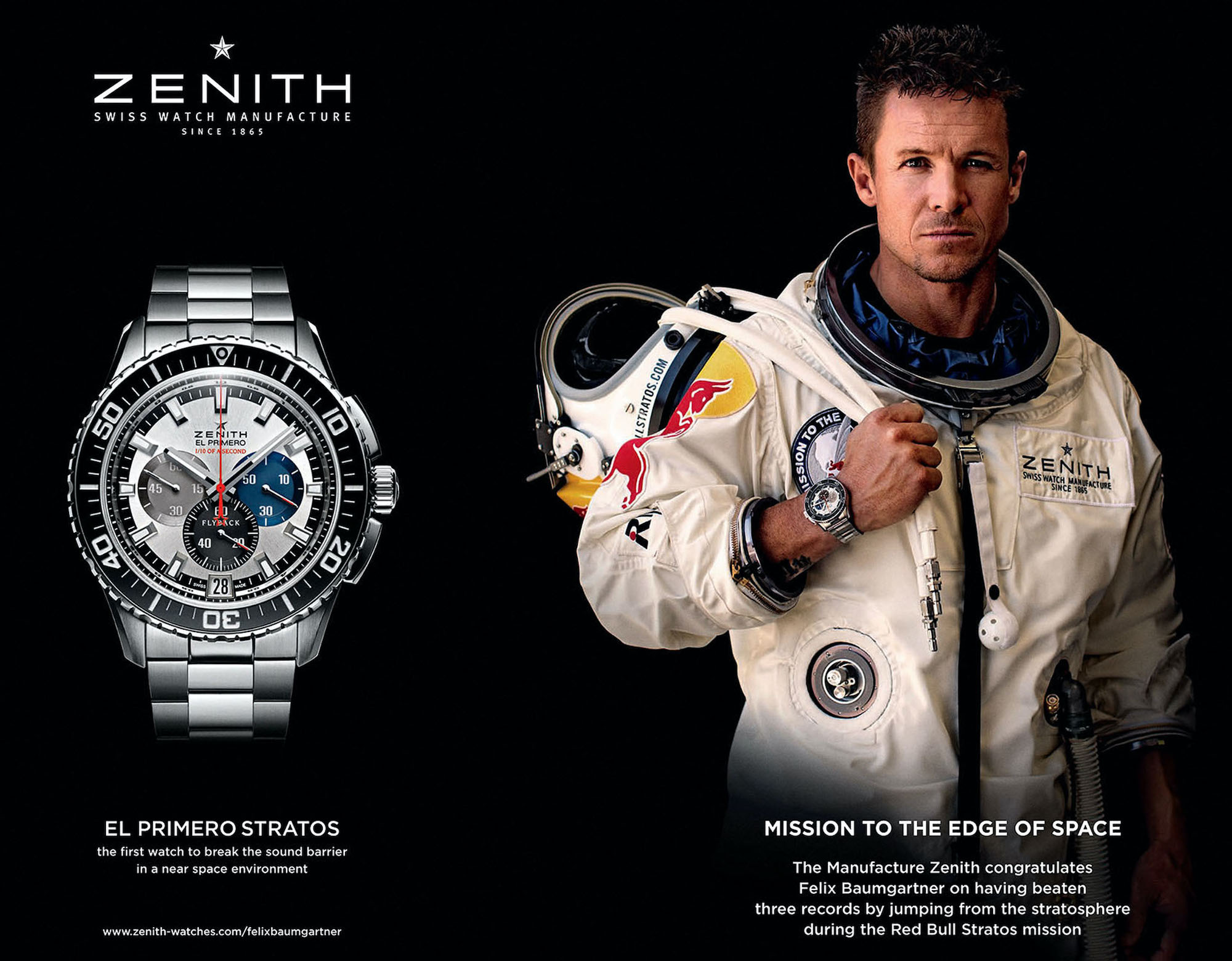
I could tell you all day that my running style is deeply inspired by that of Usain Bolt, and that he and I share an estimated two-million-year legacy of humanoids running on two feet, but that doesn’t mean I can do the 100m spring under 9.58 seconds. If I’m honest, I’d struggle to get under 10. Or maybe 20. I hate running. But I digress. The question therefore is rhetorical, at best: Who has a better chance to make tens of thousands turn up in a stadium to watch him do the 100m sprint? Bolt or me? Strangely, but perhaps unsurprisingly, watches and luxury watches work in their rather different and peculiar way where claimers and fakers are often celebrated without a second thought given to their lack of real-world credentials or performance.

Watches are rarely worn during racing, but in this case, there is a Richard Mille watch in that cockpit. (The driver escaped without injuries.)
As much as I struggle to find interest in watching or participating in a sprint on two feet, I love those that are performed on four wheels, and so I should be a happy camper in the world of watches where every other watch is a chronograph and every other chronograph claims to have some sort of a tie with, relation to, or inspiration from motorsports. But few such watches can walk the talk, as basically none of them have any real-world race timing functionality. Like all mechanical luxury watches, they too have been rendered obsolete by highly accurate and easy-to-use electronic time measuring systems. What’s worse, almost none of them could survive the knocks and bangs and vibrations and sustained heat of a race car’s cockpit — and so few are ever allowed to be worn in one. I’ll revert back to the broader topic at hand, but this is a perfect case in point.
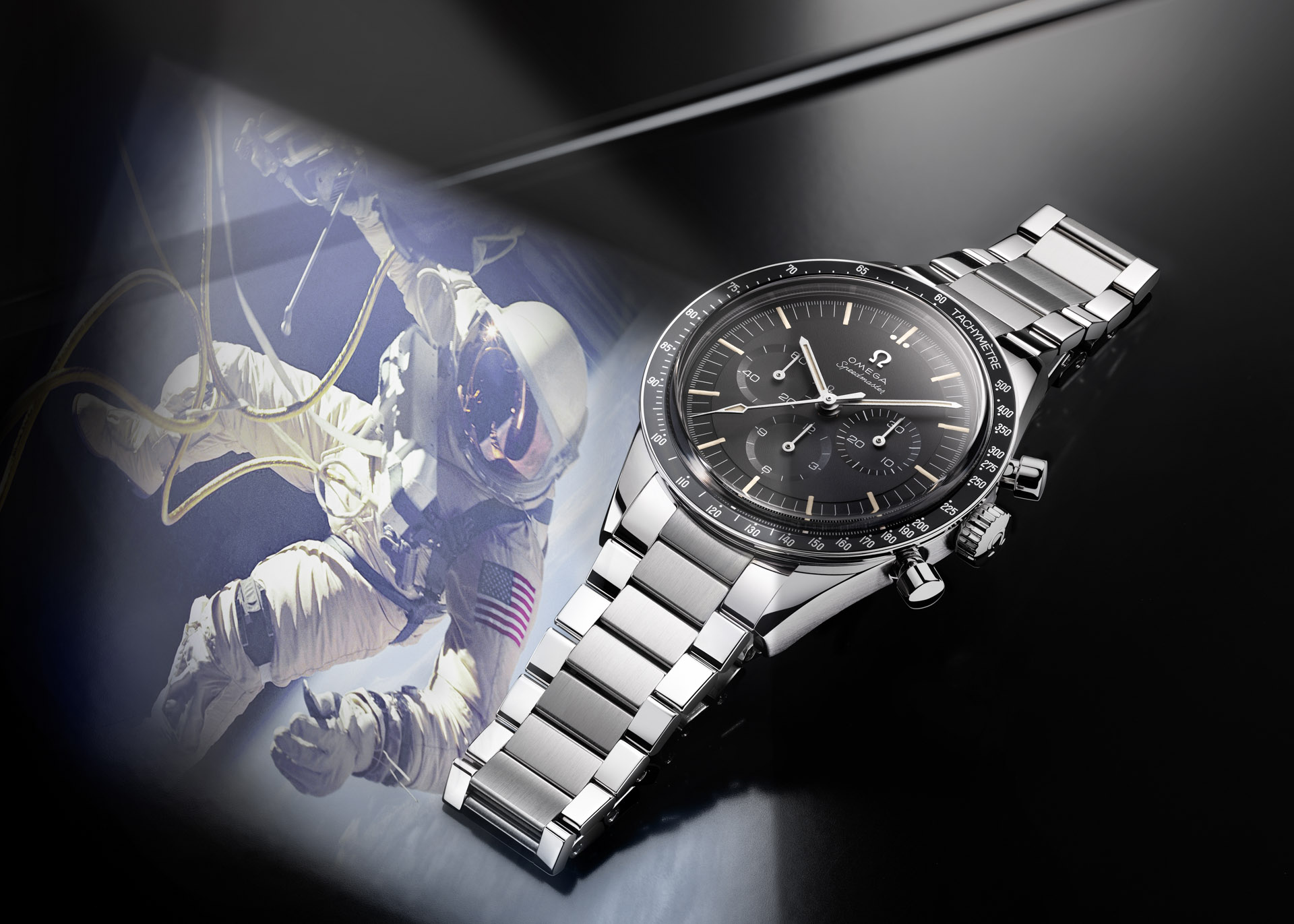
Some brands have looked at this issue more closely than others, and many of those who did have realized that the overwhelming majority of the most popular, dare I say, iconic references are based on watches that were designed not to deliver a picture of inspiration but rather to perform exceptionally well under serious circumstances and conditions. There is no shortage of hard-to-read and uncomfortable dive watches today that no one would ever dive twice with, while the true dive watch icons of our time were born as proper tool watches intended for real-world use.
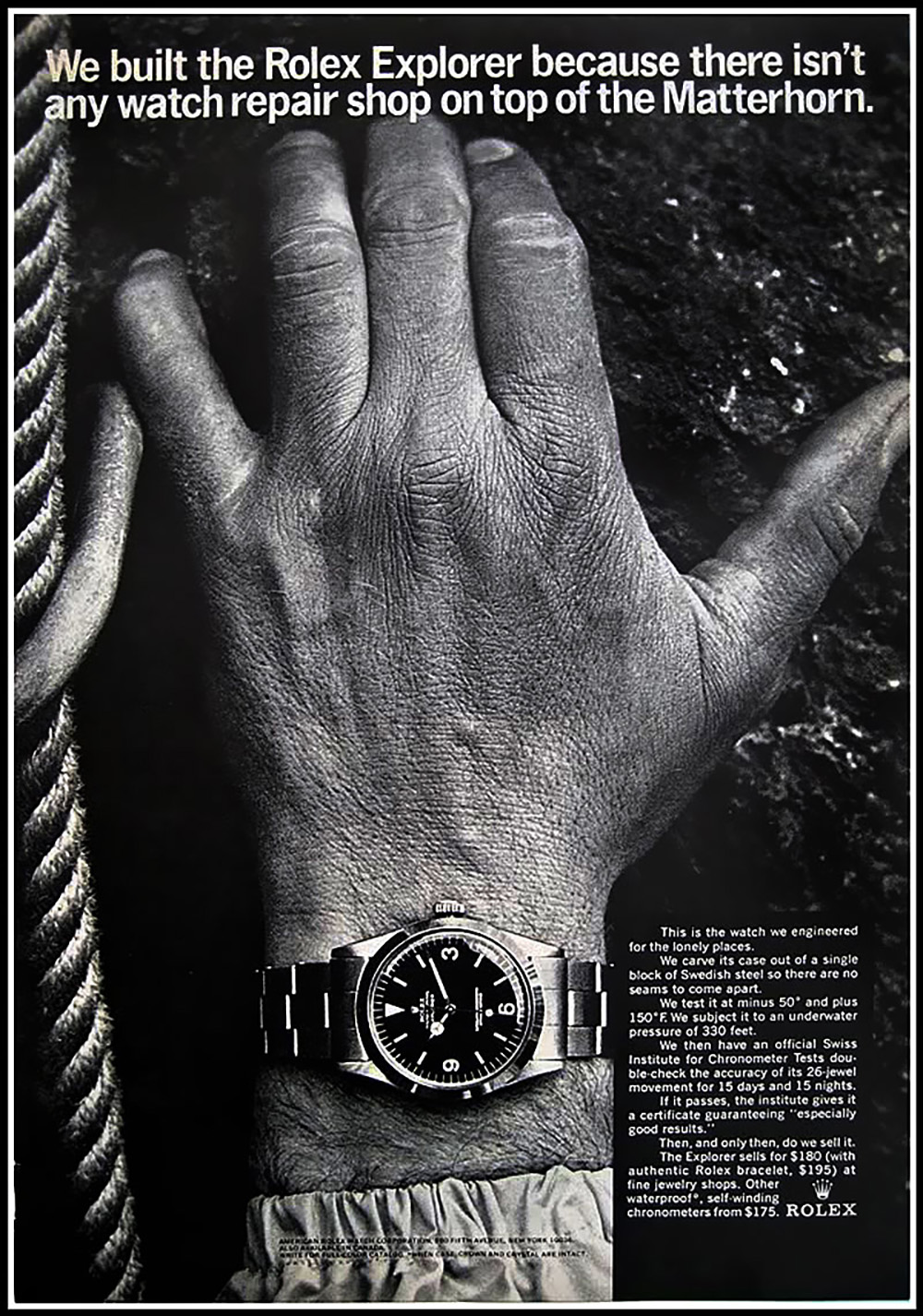
Some of the most popular chronographs of our time, the Speedmaster and the Daytona, were originally designed for utility — so much so that both were deemed by their respective manufactures as products serious enough to be submitted in the race to win NASA’s favors and be used in space. No one in their right mind would enter an inspiration-only watch into such a competition. The same goes for the dress watches that have stood the test of time: They were designed as beautifully proportioned, tasteful, legible, and slim watches — and were not wrist-burgers with a few styling features removed to allow for a groundless claim of elegance.
No one in their right mind would enter an inspiration-only watch into such a competition.
The good news is that once a brand realizes it has successfully added a high-performing product to its portfolio, there is an elevated chance that said brand will put said product through its paces in real-world challenges to prove that it is different and indeed superior to its peers, and it is this combination of performance and proof that I miss. Now, we have a world where most four-figure priced chronographs are all of a sudden well into five figures, where there is a robust(-ish) dive watch in virtually every brand’s portfolio, and where every brand describes itself and its wares in nothing but the most glaring superlatives.

Why? It is not because I intend to jump from the edge of space, or because I intend to dive 200 meters (or even a tenth of that), or because I want to beat up a luxury watch on a roll cage on track days, but because I want my expensive watch to remind me of impressive and motivating human feats on the darkest, gloomiest, most boring winter days. It is easy to forget in our fast-paced world, but a nice watch should have an unbreakable link to greatness both from a technical as well as a psychological perspective; and yet, we are drowning in mediocrity, where the most meaningless changes in colors or millimeters are often the be all and end all.
To be clear, I am not suggesting all watches should be built or advertised to survive re-entry from orbit, a high g-force crash, or the punishing swing of a professional tennis player — but more should be than what we have been seeing lately. This could include a build-up and media attention as much as the random occurrence of a luxury watch emerging from a crashed Formula 1 car. And I’ll say something more to make this whole ask even more preposterous: Personally, I don’t even care if the watch survives re-entry from orbit or a high-impact crash. What I do care about is, first, that its manufacture believes in the performance of its product strongly enough to at least subject it to these harsh conditions and, second, that a watch, an item I’m so passionate about, plays a role or is at least present in some of these incredible and arduous moments in history.
Some of my favorite examples from the last decade or so include Zenith, Richard Mille, and Audemars Piguet. On October 14, 2012, millions tuned in online to watch Felix Baumgartner finally perform his triple-record-setting free fall from the edge of space — with a Zenith El Primero Stratos Flyback Striking 10th watch strapped to his space suit. Months later Baumgartner was verified to have broken the records for Maximum Vertical Speed (without drogue) at 1,357.6kph (equivalent to 843.6mph / Mach 1.25), highest Exit (jump) Altitude of 38,969.4 meters (equivalent to 127,852.4 feet) above mean sea level, and highest Vertical Distance of Freefall. Zenith even claims that the watch “was still working perfectly upon arrival” and that “the watch was a standard production version.”

Onboard footage shows Felipe Massa wearing his Richard Mille during the Formula 1 2014 Canadian Grand Prix.
Second is another moment I witnessed live. On June 8, 2014, on the final lap of the Formula 1 Canadian Grand Prix, two drivers, Felipe Massa and Checo Pérez, came together in a way that resulted in a 27G and 32G crash, respectively. Live on air, as well as in this official video, one could see Massa leaving the wreckage of his Williams FW36 while wearing a Richard Mille RM055 Bubba Watson. While almost every Formula 1 team and/or driver on the grid tends to have a watch sponsor, it is extremely rare for them to wear their sponsor’s watch while racing.
Given their reliance on racing-inspired chronographs, TAG Heuer, and Rolex for that matter, should have at least one watch in their collections that could be worn during regulated, serious racing.
Richard Mille has gone the extra mile to create watches that could be comfortably and safely worn in one of the most dangerous and trying forms of motor racing. As I explained in this Rolex Daytona article: “Regulations in many fields of serious motorsports have prohibited drivers from wearing jewelry while racing since these metal objects can cause severe burns in case of a fire, mitigating the safety of the fireproof racing apparel.” The fact that a Richard Mille watch has entry into this world is especially cool — even though it is a feat that would certainly not require a nigh-on six-figure-priced watch to pull off. Given their reliance on racing-inspired chronographs, TAG Heuer, and Rolex for that matter, should have at least one watch in their collections that could be worn during regulated, serious racing.

Serena Williams wearing a modified Audemars Piguet Royal Oak Offshore quartz watch in gold with the crown moved to the 9 o’clock position.
Third is Audemars Piguet that has had an extensive partnership with tennis star Serena Williams. Watch brands and tennis players working together had already been an established thing, but what positively surprised me in this instance was the fact that we could see Williams wear Audemars Piguet watches on the court. Whereas Richard Mille has invested heavily in engineering serve-proof watches for Nadal, Audemars Piguet provided Williams with a modified version of a standard quartz-powered Royal Oak Offshore.
Audemars Piguet USA confirmed to Deployant that the watch is a modified Royal Oak Offshore (67540OK.ZZ.A010CA.01) with the crown flipped to the 9 o’clock position for improved ergonomics. It essentially became a “lefty” watch intended for left-handed people to wear on their right hand that Williams chose to continue wearing on her left wrist with the crown facing towards her forearm for improved comfort. I am not aware of Audemars Piguet ever launching a “lefty” Royal Oak Offshore Serena Williams watch into regular production.
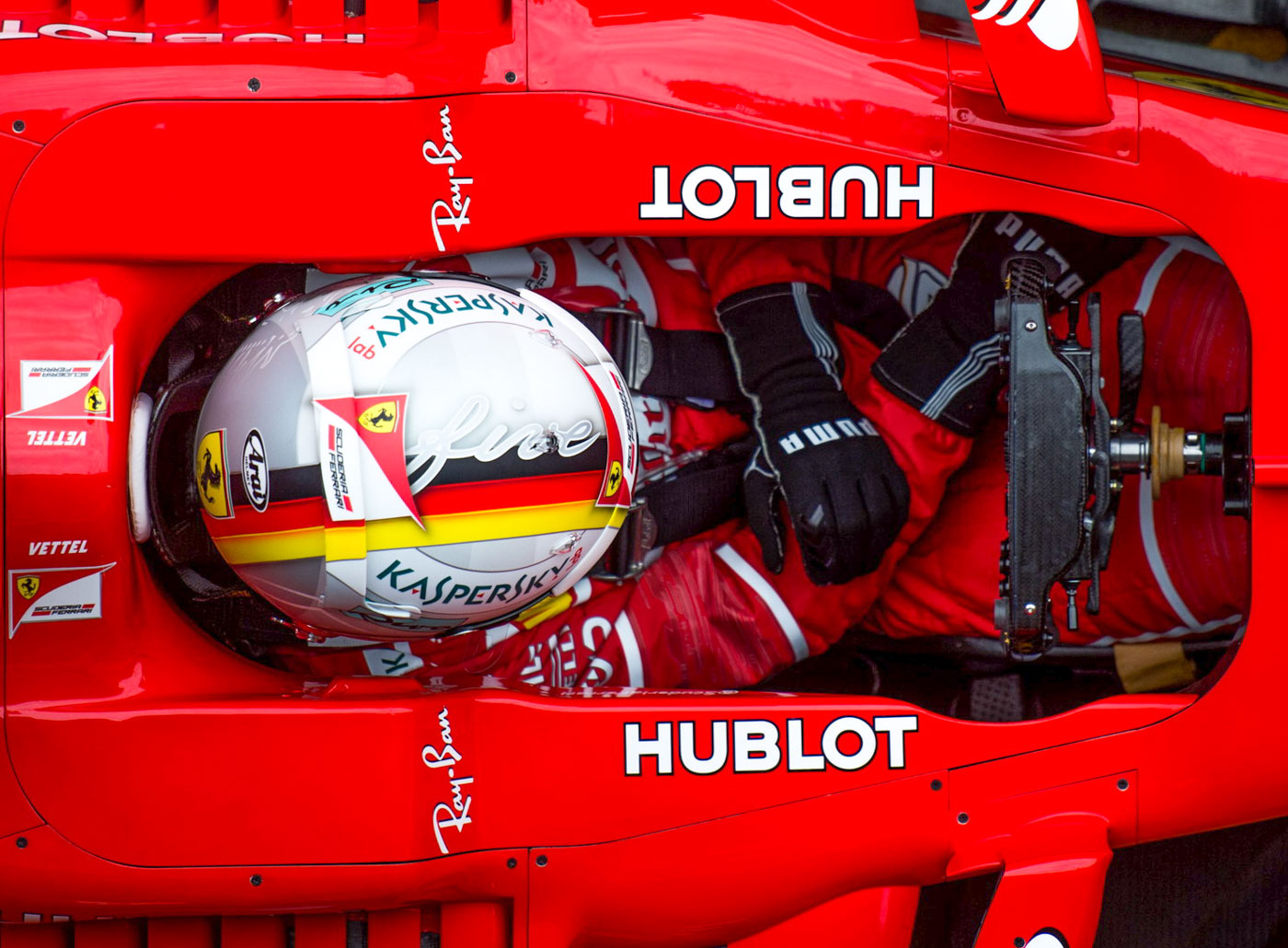
There should be a difference between putting your name on the car — and putting your watch in it. Sebastian Vettel’s Ferrari SF70H sporting Hublot sponsorship. Copyright: Price / XPB Images
You see, three standard-production, barely (if at all) modified watches have popped up in inspiring moments and under mighty impressive conditions. One has traveled beyond the speed of sound, the other has spent countless hours unnoticed in a Formula 1 cockpit during testing, qualifying, and heated moments of racing, and the last has survived (or at least been exposed to) thousands of serves from one of the mightiest and fiercest tennis players of our time. This Grinding Gears column is dedicated to them and is a way for me to say that I do very much miss seeing such performances from the world of watches much, much more often, especially from the biggest brands who have, I think, drifted a bit too far into the realm of inspiration and too far away from real-world performance.
I’d love to hear from you: What other cool use cases and ambassadors have I missed? What are your favorite record-setting or simply impressive performances of watches from recent years?

